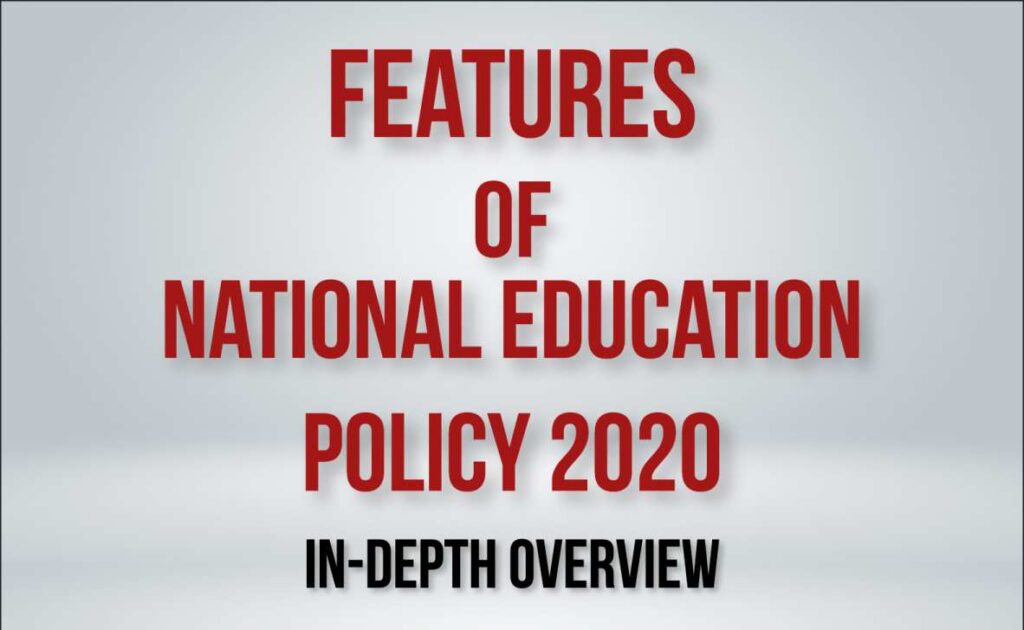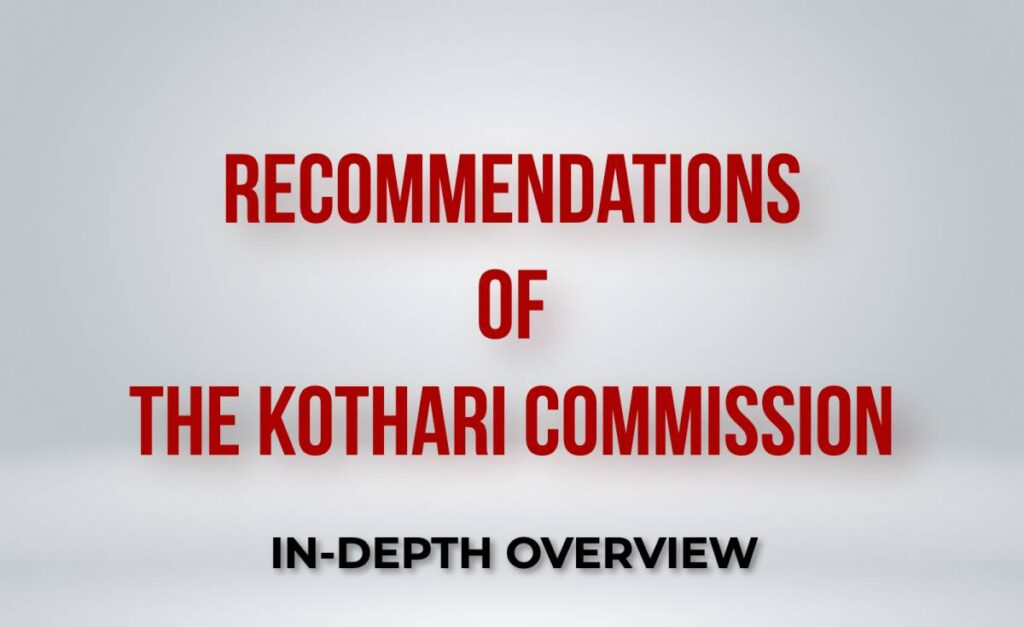The National Education Policy 2020 is the recent addition to the list of full-fledged education policies in India. It is a revolutionary step to create a holistic education system by the year 2030. And envisions equitable and lifelong learning opportunities for the students (as per the SDG4).
NPE 2020 visualizes the new education system that can meet the needs of the dynamic landscape. And it is the first of its kind that aims at making India a global knowledge superpower.
The Need and Goals of NEP 2020
Education policies in India have been instrumental in improving the condition of education at the ground level. However, the recent education policy faces the biggest challenge of all time. As it was announced right in the middle of the pandemic.
In general, the need for this policy was to improve the overall life skills training to develop employability skills in students. However, the pandemic created an additional opportunity to revamp the outmoded education system.
The goals of NPE 2020 include bringing about two crore out-of-school students back into the mainstream system. Besides, it also has a goal of aligning the new education system as per the vision of 21st-century learning.

Here’s a look at the main recommendations of the National Education Policy 2020:
The Structure and ECCE
The 10+2 structure of schooling is now changed to 5+3+3+4 (covering age groups of 3 years to 18 years). This makes Early Childhood Care and Education a part of the main structure. Because earlier children between 3 to 6 years of age were not included in this structure (class 1 begins at 6 years of age).
The policymakers aim at investing more in Early Childhood Care and Education, as crores of students in India are deprived of ECCE. It suggests creating a framework (National Curricular and Pedagogical Framework for Early Childhood Care and Education) as per the research on ECCE and the best practices followed across the industry. This will improve the quality and accessibility of ECCE across the nation, with more trained workers/teachers and better infrastructure.
Universal Access to Education
With some remarkable results of the Samagra Shiksha Abhiyan and the Right to Education Act, the enrollment and retention of students in primary levels are much better. However, the policy highlights an area of opportunity for the higher grades wherein the gross enrollment ratio for classes 6-8 and 9-10 were only 90.90% and 79.3% respectively. By the grades 11-12 it dips further to 56.5%.
The policy highlights the need to retain students in the higher grades. And it aims at creating opportunities for quality learning (including vocational education) from pre-school level to grade 12.
For this purpose, the policymakers have chalked out two plans. The first one is to support schools with the necessary infrastructure and teacher support. And to re-establish government schools for quality learning. The second plan is to track the students and their learning levels. To ensure student retention, the policy suggests social workers and counselors work closely with students and parents.
Other than this, the policy plans a system of incentives for the same purpose. However, this will be done after getting infrastructure and participation in place.
The policy is equally supportive for non-formal education through options like homeschooling, NIOS or other alternatives (like digital schooling etc.). It acknowledges alternative modes of schooling similar to the other education policies in India.
Curriculum for Better Student Engagement
The curricular and pedagogical structure to be restructured to suit the developmental needs of the students. It aims at creating a more interactive classroom with enough opportunities for experiential learning. At the secondary stages, the focus will be on improving critical thinking, attention to life aspirations, and flexibility.
Focus on Local Languages and Mother Tongue
The policy emphasis teaching in one’s home language till grade 5. High-quality textbooks to be made available in the mother tongue itself. Because this will avoid any gaps in the spoken language and the medium of teaching. There is an additional emphasis on the idea of multilingualism to satisfy the three-language formula across the nation. Further, it aims at popularizing language learning through the use of technology.
Teacher Recruitment and Perks
Of all the education policies in India, NEP 2020 focused the most on the critical aspect of developing the technological knowledge of the teachers. It emphasized the use of online teacher training modules. And aimed at developing online platforms for teachers to share their best practices.
The policy also touched upon sensitive issues such as the transfers of teachers. And it aims at making the transfer process more transparent through automated modes. In addition, TET’s (Teacher Eligibility Tests) are also to be strengthened to improve the overall recruitment process.
Online Education
Under the NPE 2020, e-learning platforms will be extended. Through the ‘Digital India campaign’, the government of India launched varied online learning platforms and tools. Platforms like, ‘SWAYAM’, ‘DIKSHA’ and SWAYAMPRABHA were introduced into the system for online classes. And in the years to come, such platforms will be further developed for the students.
Post the pandemic, our recent education policy in India also addresses the challenge of the digital divide. And for this, the policymakers are focused on improving the use of mass media (like radio, television and community audio, etc.) for students who do not have enough digital support.
Suggested Read:-
Online Education: What is it & How Does it Work in 2023
How did the NEP 2020 help in restructuring the Indian education system?
Our recent education policy has worked towards eliminating the differences within the system such as the ones like Science, arts, curricular, extra-curricular, vocational and academic, etc. It has also envisioned a more student-centric system that focuses on developing conceptual understanding and the skills required in the 21st-century. This visionary policy also suggests a shift in the assessment patterns (with more formatives). And its emphasis on online education is a great step for popularizing schooling alternatives like online schooling.
What Went Wrong?
NPE 2020 is a futuristic policy rolled out by Prime Minister Shri Narendra Modi. However, as per experts, it can suffer because of its excessive focus on short-term goals. Further, it is rightly believed that the successful implementation of NPE 2020 is in the hands of the stakeholders. Which makes its smooth implementation subject to the stakeholder’s vision and coordination.
Final Thoughts on this Education Policy:
In the complex recovery stage in this post-pandemic world, NPE 2020 is a giant step that can help in revamping our education system for the times to come. If only we join hands to work towards materializing these policy initiatives, it will be fruitful in the real sense!
The upcoming years will reveal the level of success achieved through policy!
Hopefully, it will be a milestone in the history of the Indian education system!
Thanks for Reading!


